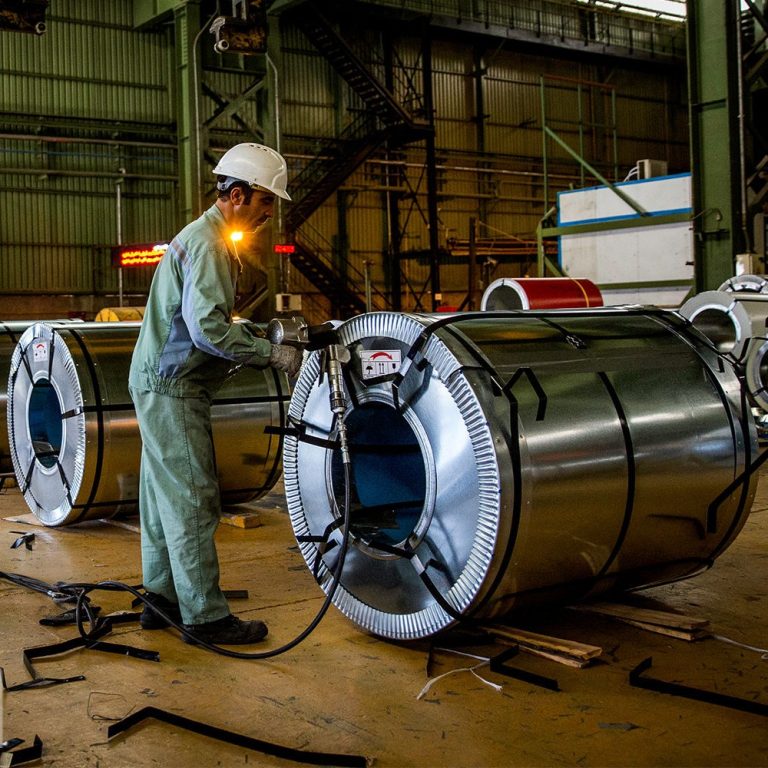Iran’s Steel Industry: A Pillar of Economic Development and Industrial Growth
Iran’s steel industry has emerged as a key player in the country’s economy, driving industrial growth, infrastructure development, and job creation. With a rich history and significant investments in steel production, Iran has established itself as a major steel producer in the Middle East and beyond. The steel sector in Iran plays a crucial role in various sectors, including construction, automotive, machinery, and energy, contributing to the country’s economic diversification and global competitiveness.
Historical Background:
Iran’s steel industry has a long and storied history, dating back to ancient times when iron smelting techniques were first developed in the region. Over the centuries, Iran has continued to refine its steel production methods, incorporating modern technologies and innovations to meet the growing demand for steel products. Today, Iran boasts a robust steel industry that encompasses a wide range of products, from raw steel to high-value-added steel products for domestic consumption and export.
Production Capacity and Infrastructure:
Iran’s steel industry has witnessed significant growth in production capacity and infrastructure development, with the establishment of modern steel plants, rolling mills, and processing facilities across the country. The government has invested heavily in expanding the steel sector, promoting technological advancements, and enhancing operational efficiency to meet domestic demand and capture international market opportunities. Iran’s steel production capacity continues to expand, positioning the country as a key player in the global steel market.
Market Dynamics and Trade:
Iran’s steel industry plays a vital role in the country’s domestic market and international trade, with steel products being exported to various countries around the world. The government has implemented policies to support steel exports, attract foreign investment, and foster partnerships with international steel companies to enhance competitiveness and promote technology transfer. Iran’s strategic location and access to key markets have further bolstered its position as a leading steel exporter in the region.
Challenges and Opportunities:
Despite its significant achievements, Iran’s steel industry faces challenges such as fluctuating global steel prices, environmental concerns, and regulatory constraints. Addressing these challenges requires continued investment in sustainable practices, technology upgrades, and capacity building to ensure long-term growth and competitiveness. By overcoming these obstacles, Iran can capitalize on emerging opportunities in the steel market, drive innovation, and strengthen its position as a global steel producer.
Future Prospects:
As Iran continues to invest in its steel industry, modernize its production facilities, and enhance its product portfolio, the sector holds promising prospects for growth and development. By leveraging its abundant natural resources, skilled workforce, and strategic partnerships, Iran can further solidify its position as a leading steel producer in the region and contribute to the country’s economic prosperity and industrial advancement.
Conclusion:
Iran’s steel industry stands as a testament to the country’s industrial capabilities, technological advancements, and economic potential. With a strong foundation, strategic investments, and a commitment to innovation, Iran is well-positioned to navigate the challenges and opportunities in the global steel market and emerge as a key player in the industry.

